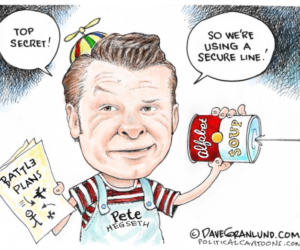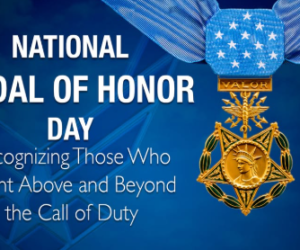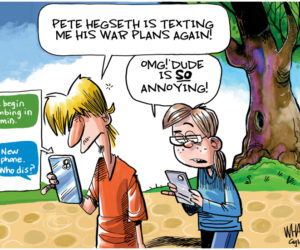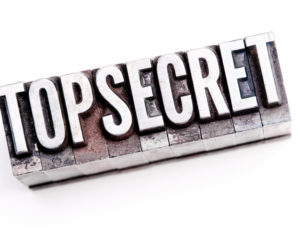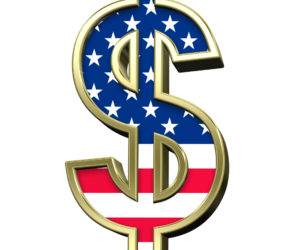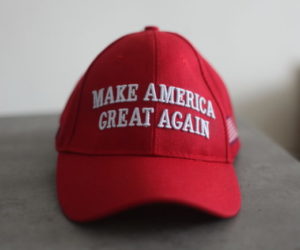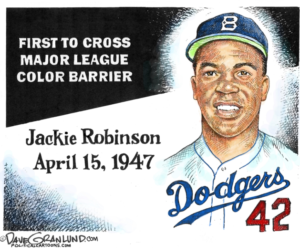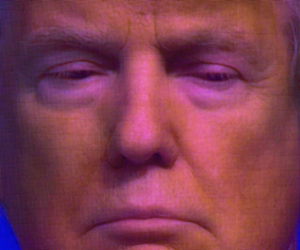
When the news hit that quintessential late night TV sidekick Ed McMahon died, it marked the end of an era. But not the era that many have noted.
It wasn’t just that he was a great TV sidekick to the undisputed former King of Late Night, NBC’s Johnny Carson. It wasn’t just that he was a multi-fronted talent threat: a great sidekick, a talented actor, an emcee in his own right, an effective commercial pitchman, and someone who made Carson look even better than he was on off nights — someone who encouraged and supported guests on the show behind the scenes (where Carson was reportedly aloof and inaccessible).
McMahon, in fact, represented one of the final links to a now-bygone era: an era when top variety and comedy show hosts and their supporting casts had their roots in the Golden Age of Radio, nightclubs, early TV or even vaudeville. They came of age when national entertainment was truly broadcasting — in more ways then one. Even on late night TV, the trick was to garner a large audience made up of many demographics, even though some groups were more favored than others.
With the advent of cable, “narrowcasting” to specific audiences and demographics came into fashion. Yes: there are network late night shows today but they are a shadow of what they were in terms of national and show biz clout in the days before the networks had Jon Stewart, Stephen Colbert — and You Tube — nipping at their heels.
The 50s and 60s TV shows often used as their backdrop an old fashioned stage curtain (the most old fashioned being on the Ed Sullivan Show), a symbol of the form’s roots in stage vaudeville variety shows. Most talk show sets today are not quite as stagy. There’s more of a comedy club look to them than an old vaudeville stage.
McMahon is like other famous straight men who didn’t get enough credit for their work during their lifetimes in making the “comic” look funnier: straight men such as Bud Abbott (who helped Lou Costello look a bit better), Oliver Hardy (who helped Stan Laurel), Dean Martin (who helped Jerry Lewis). In some ways, it could be argued that McMahon was more of an original than Carson, who was a comedian with impeccable timing, appealing to a wide audience of all ages and demographics.
The reason: as the years go on, it’s clear that Johnny Carson may have been the King of Late Night but he was also a highly “derivative” comedian. As noted elsewhere, he (ahem) borrowed a comedy bit from Jonathan Winters and made it his own and borrowed a bit from Steve Allen and made it his own. He also borrowed some trademark intonations from the great Jackie Gleason and his slowly “panning” the audience look after telling a joke (a technique I use in my shows since it extends a laugh) was right out of Jack Benny. Those of us who were students of comedy noticed this about Carson when he was on the scene. And allegations about the way he distilled other comedian’s techniques (or parts of their acts) have shown up in print.
McMahon was a key part in helping create an image for the show and for Carson — whose show could make or break a career. Comedians, singers, ventriloquists had instant career boosts when they were on Carson’s show — and super, duper career boosts if he invited them to sit on his couch after their song or set.
With McMahon vanishing from the scene the radio/vaudeville/nightclub influenced late night era is officially over. Present network and cable hosts are more influenced by early television, 60s television or stints in comedy clubs.
Get ready in the future to see young performers influenced by comedy websites and You Tube (and Twitter?).
The old curtain has now fallen — in more ways than one.
Joe Gandelman is a former fulltime journalist who freelanced in India, Spain, Bangladesh and Cypress writing for publications such as the Christian Science Monitor and Newsweek. He also did radio reports from Madrid for NPR’s All Things Considered. He has worked on two U.S. newspapers and quit the news biz in 1990 to go into entertainment. He also has written for The Week and several online publications, did a column for Cagle Cartoons Syndicate and has appeared on CNN.

